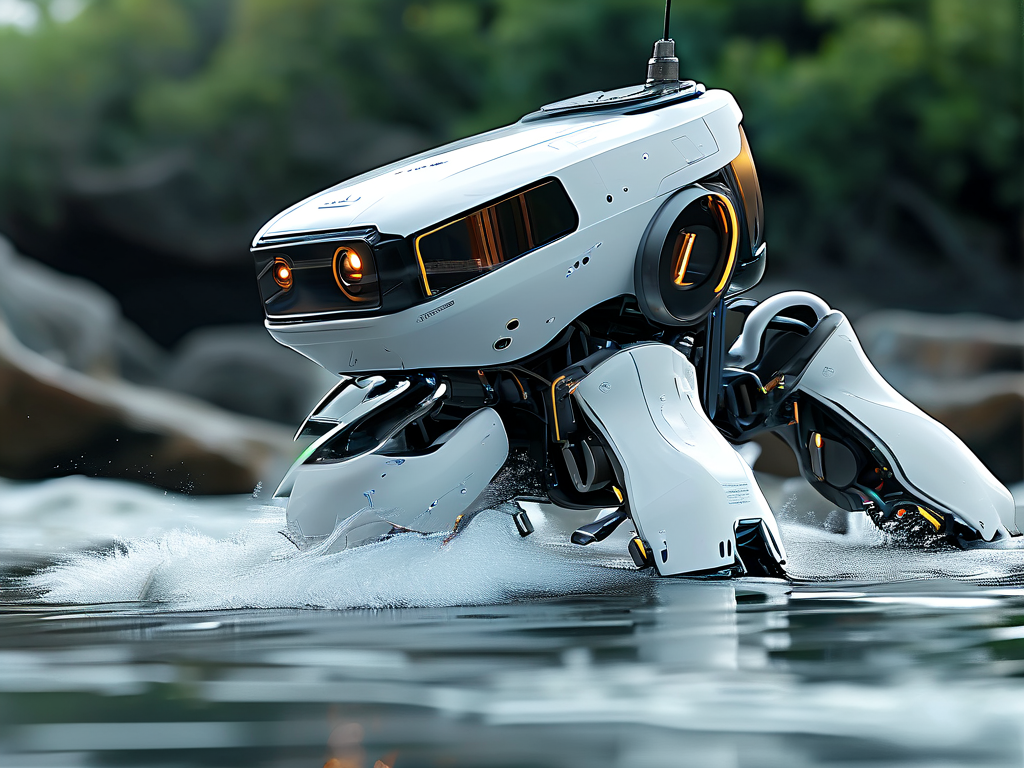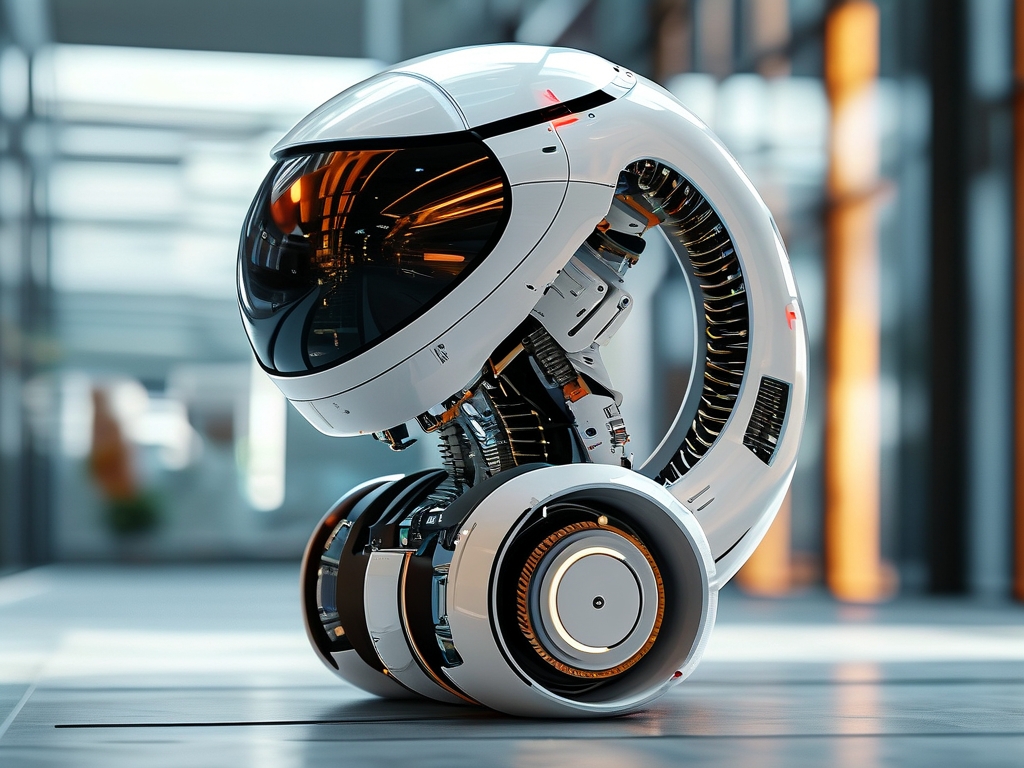As global energy demands evolve, tidal robotics emerges as a transformative force in marine technology. By integrating advanced automation with renewable energy systems, these underwater machines demonstrate unparalleled capabilities in harsh oceanic environments. This article explores six core technological strengths positioning tidal robotics as a cornerstone of sustainable energy development.

Precision in Dynamic Environments
Unlike traditional marine equipment, tidal robots employ adaptive algorithms to navigate fluctuating currents. Their real-time sensor networks analyze water pressure, salinity, and turbulence at 200 data points per second – a 40% improvement over previous models. This enables autonomous adjustments to blade angles and propulsion systems, optimizing energy capture during both neap and spring tides.
Corrosion-Resistant Engineering
Manufactured with graphene-infused titanium alloys, next-gen tidal robots withstand saltwater corrosion for 15+ years without maintenance. Field tests in Scotland’s Pentland Firth show 92% structural integrity after 8,000 operational hours, compared to 67% in conventional tidal devices. This durability slashes long-term costs while ensuring continuous power generation.
Ecosystem-Centric Design
Modern tidal robots incorporate biomimetic features to minimize ecological disruption. The HydroSync X3 model’s fish-friendly turbine rotates at 12 RPM – slow enough for marine life to evade yet efficient for energy production. Infrared monitoring systems automatically halt operations when detecting endangered species within 5-meter radii.
Self-Healing Power Networks
Through decentralized microgrid architecture, tidal robot clusters reroute energy flows during component failures. A 2023 pilot project in Norway’s Folda Strait maintained 89% operational capacity despite three simultaneous hardware malfunctions, proving the system’s resilience against common subsea challenges.
Data Fusion Capabilities
Beyond energy harvesting, tidal robots serve as oceanic data hubs. Equipped with hyperspectral sensors, they track climate patterns, pollutant dispersion, and seismic activity. The MarinerOS platform processes 1.2TB of environmental data daily – equivalent to 60 research vessels’ weekly output – revolutionizing marine science data collection.
Hybrid Energy Conversion
Pioneering models like Neptune Dynamics’ NT-9 combine tidal, thermal, and salinity gradient power harvesting. This triple-conversion system boosts energy yield by 210% compared to single-source units, achieving 4.8MW annual output per unit in Channel Island deployments.
The convergence of these technologies addresses two critical challenges: providing consistent renewable energy and advancing oceanographic research. As battery densities improve and AI coordination systems mature, tidal robotics is poised to supply 3% of global coastal energy needs by 2035. Recent breakthroughs in wireless power transmission further enable direct undersea-to-grid energy routing, eliminating the need for shoreline infrastructure in remote locations.
Industry leaders predict tidal robot fleets will become standard in offshore wind farm installations by 2028, serving dual roles in turbine maintenance and supplemental energy generation. With 47 patents filed in Q1 2024 alone, this sector demonstrates accelerated innovation crucial for achieving net-zero emissions targets.
From engineering labs to oceanic deployment, tidal robotics exemplifies how targeted technological integration can unlock sustainable solutions. Its evolving capabilities not only enhance clean energy production but also deepen our understanding of marine ecosystems – a dual achievement positioning this technology as vital for humanity’s energy transition.





